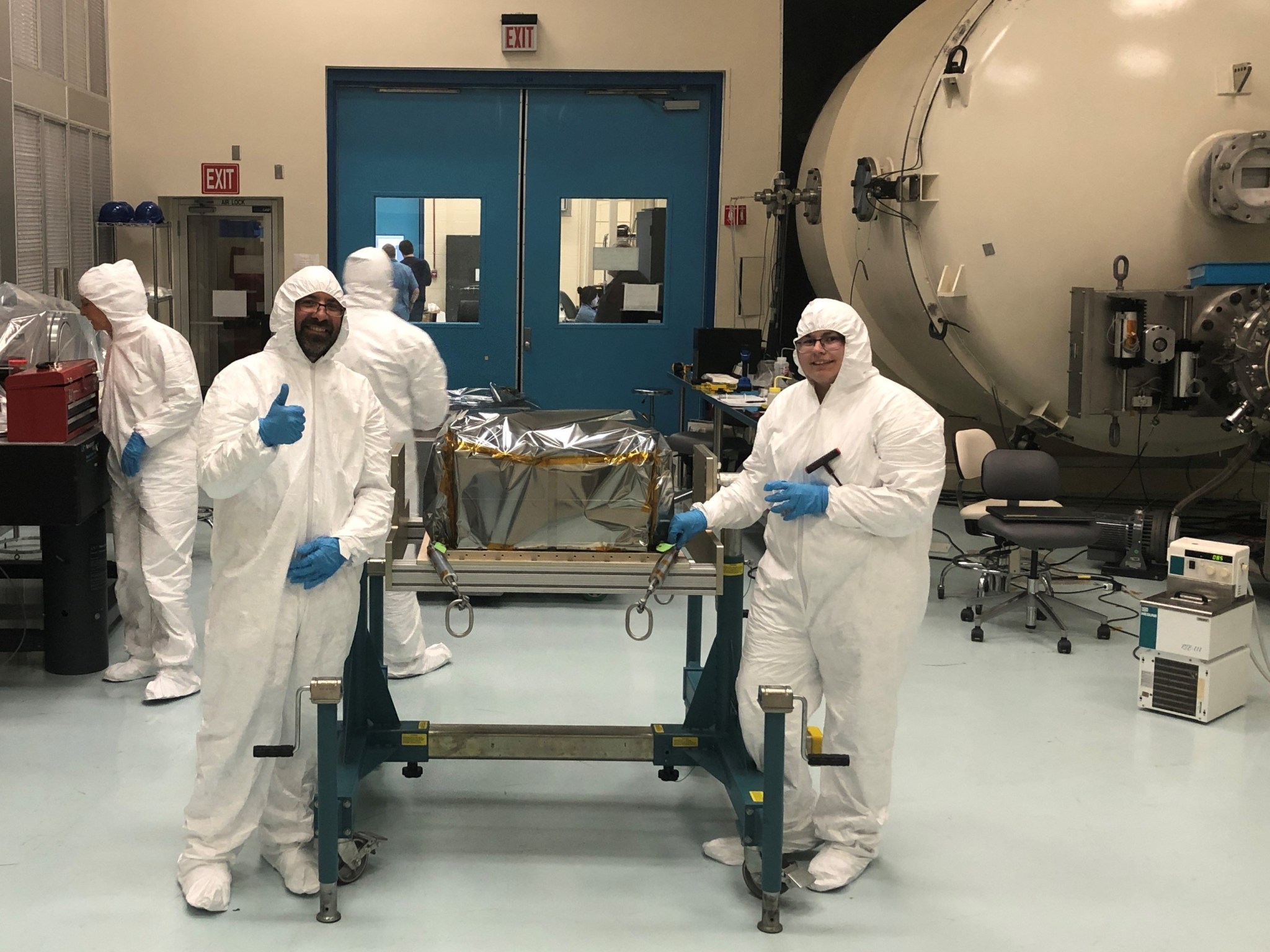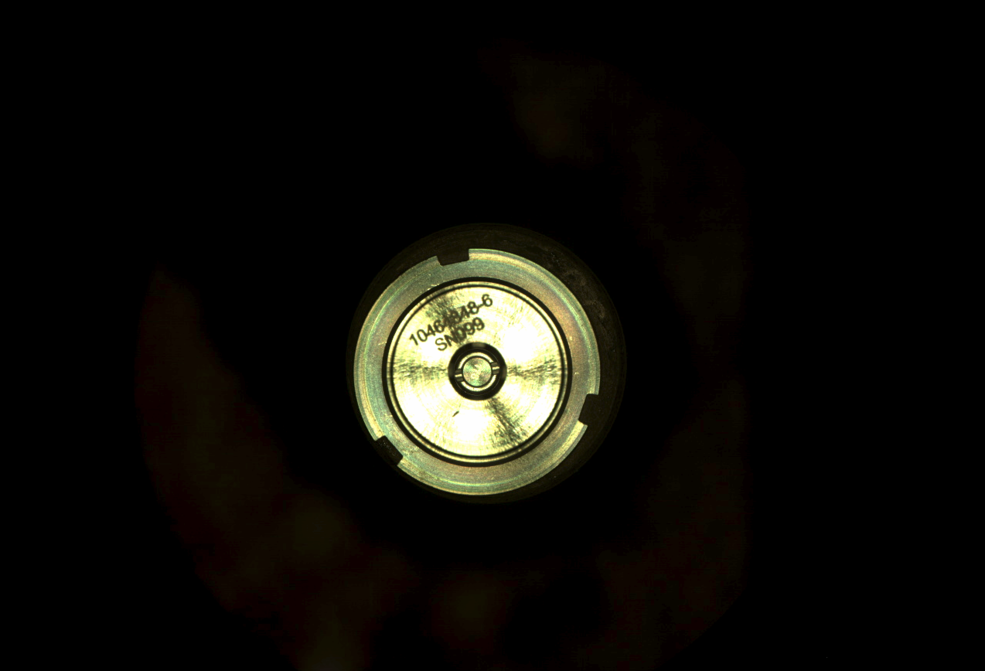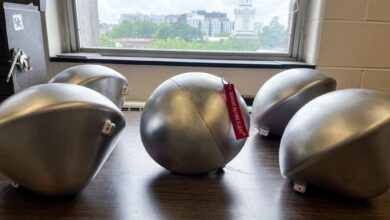Understanding Cosmic Explosions: StarBurst Arrives at NASA for Testing

StarBurst, a wide-field gamma ray observatory, arrived at NASA’s Marshall Space Flight Center in Huntsville, Alabama, March 4 for environmental testing and final instrument integration. The instrument is designed to detect the initial emission of short gamma-ray bursts, a key electromagnetic indicator of neutron star mergers.
“Gamma-ray bursts are among the most powerful explosions in the universe, and they serve as cosmic beacons that help us understand extreme physics, including black hole formation and the behavior of matter under extreme conditions,” said Dr. Daniel Kocevski, principal investigator of the StarBurst mission at NASA Marshall.
According to Kocevski, neutron star mergers are particularly exciting because they produce gamma-ray bursts and gravitational waves, meaning scientists can study these events using two different signals – light and ripples in space time.

Starburst Principal Investigator Dr. Daniel Kocevski, left, and Integration and Test Engineer Elise Doan, right, pose with the StarBurst instrument after it was unboxed in the cleanroom environment at NASA Marshall. The Naval Research Lab transferred the instrument to NASA in early March.
Image Credit: NASA/Davy Haynes
The merging of neutron stars forges heavy elements such as gold and platinum, revealing the origins of some of Earth’s building blocks.
“By studying these gamma-ray bursts and the neutron star mergers that produce them, we gain insights into fundamental physics, the origins of elements, and even the expansion of the universe,” Kocevski said. “Neutron star mergers and gamma-ray bursts are nature’s laboratories for testing our understanding of the cosmos.”
StarBurst will undergo flight vibration and thermal vacuum testing at Marshall in the Sunspot Thermal Vacuum Testing Facility. These tests ensure it can survive the rigors of launch and harsh environment of space.
Final instrument integration will happen in the Stray Light Facility, which is a specialized environment to help identify and reduce unwanted light in certain areas of the optical systems.

The StarBurst Multimessenger Pioneer is a wide-field gamma-ray observatory designed to detect the initial emission of short gamma-ray bursts, important electromagnetic indicators of neutron star mergers. With an effective area over five times that of the Fermi Gamma-ray Burst Monitor and complete visibility of the unobscured sky, StarBurst will conduct sensitive observations.
NASA/Daniel Kocevski
StarBurst is a collaborative effort led by NASA’s Marshall Space Flight Center, with partnerships with the U.S. Naval Research Laboratory, the University of Alabama Huntsville, the Universities Space Research Association, and the UTIAS Space Flight Laboratory. StarBurst was selected for development as part of the NASA Astrophysics Pioneers program, which supports lower-cost, smaller hardware missions to conduct compelling astrophysics science.
To learn more about StarBurst visit:





